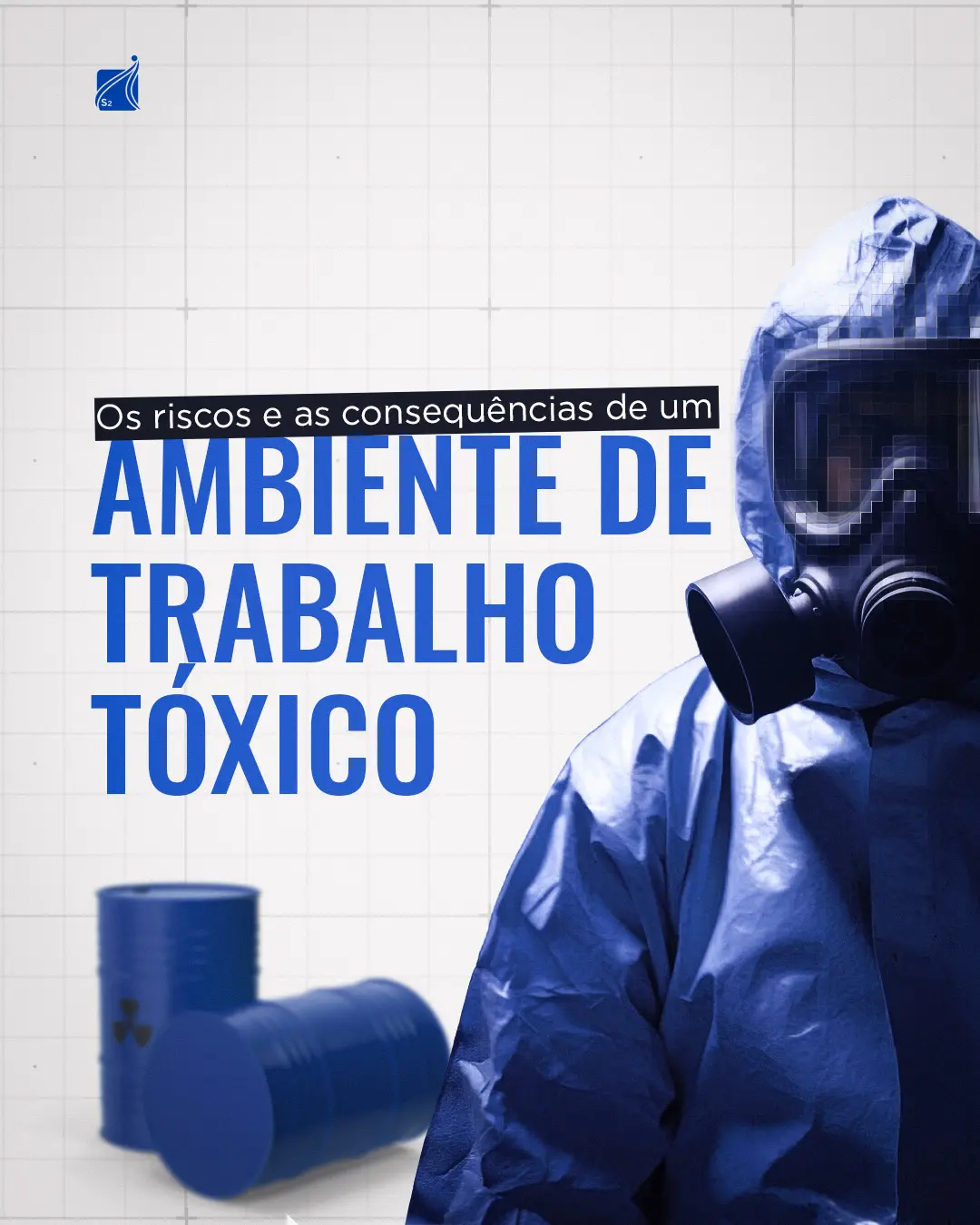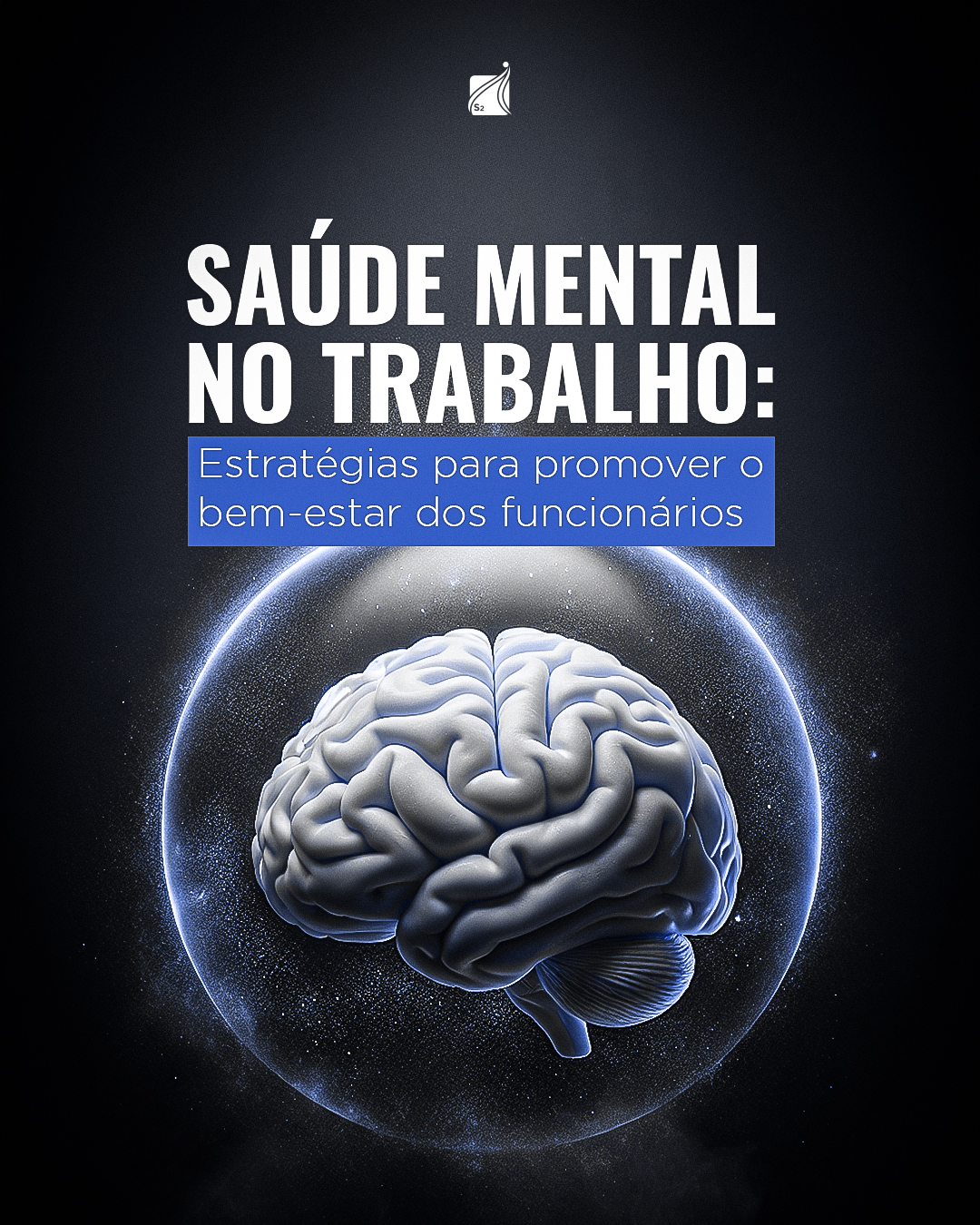
Browse topics
A toxic work environment does a lot of damage to companies and people. That's why it's important to combat it on a daily basis. To succeed in this process, it is first necessary to define what this environment is. Only then will managers be able to identify flaws and draw up improvement strategies.
In this post, you'll see how this working environment applies and learn more about its risks and consequences. Have a good read!
What is a toxic work environment?
Nowadays, there is a lot of talk about work with a toxic environment. However, care must be taken when determining this, as this is not always the reality.
For example, if an employee who arrived late and received a warning complains about their leader on social media, they're not exactly right. That's because although awareness of toxic work is growing, the concept can't be used freely for everything.
In this case, as long as the leader was respectful, the warning was appropriate for the person's behavior, since their actions were detrimental to their work and the company itself, and it was the leader's job to correct them.
Another case is when two people argue at work. Even if the attitudes and words spoken are not nice, the occurrence of the case does not mean that the whole environment will be toxic, or even that the two people will always act like this.
In this way, a toxic work environment can be defined as a place in which work, people's behavior or recurring routines really harm well-being, compromising not only physical but also mental health.
How do you identify a toxic environment?
In other words, to define a toxic environment you have to analyze several frequent factors, not isolated attitudes. For example:
- team leaders who always humiliate colleagues;
- managers who don't respect employees and ask for work when you're on vacation, sick leave or time off;
- companies that set high and impossible targets;
- coworkers who engage in gossip, bullying, slander, etc;
- professionals who can't get the job done because someone is always watching their every move;
- lack of communication that leads to constant mistakes and reprisals.
In this way, a toxic working environment can be caused by managers, CEOs and leaders, but also by the employees themselves, who can suffer on the one hand, but collaborate on the other. So improving the environment tends to be a joint effort.
The risks and consequences of a toxic organizational culture
When a company has a toxic organizational culture, the effects are very damaging. For the company, work progress, profitability and the formation of harmonious and engaged teams become more difficult.
What's more, depending on what happens, the organization could face further problems, such as lawsuits, as in the case of harassment. Or have such a bad reputation that no one wants to work there anymore.
As for the employees, the issues generally weigh on their health. Burnout syndromewhich is extreme exhaustion, is one of them. However, people can also develop disorders such as OCD and panic disorder.
In fact, people are so aware of this that they actively avoid toxic organizational culture. In Forbes reportFor example, a study by the Monster platform showed that 79% of those interviewed prioritized well-being over a promotion or salary increase.
In another survey, by the American Psychological Association, 92% of professionals said it was important to work for a company that valued their emotional and psychological well-being.
Actions for a healthy working environment
Thus, with more attentive professionals, companies can take important steps to eliminate the toxic environment at work.
- raise awareness among professionals about what a toxic environment really is and create a positive culture;
- selecting leaders responsible and upright;
- open reporting channels;
- investigate cases and listen to professionals;
- encourage values such as respect among colleagues;
- promote actions that support mental and physical health;
- collective vacations, during which no one will be working.
A toxic work environment is easy to create because it is the result of people's actions. That's why it's important to always pay attention to identifying and resolving them, before a harmful culture is created, with damage to everyone's health. Several measures can help with this.


